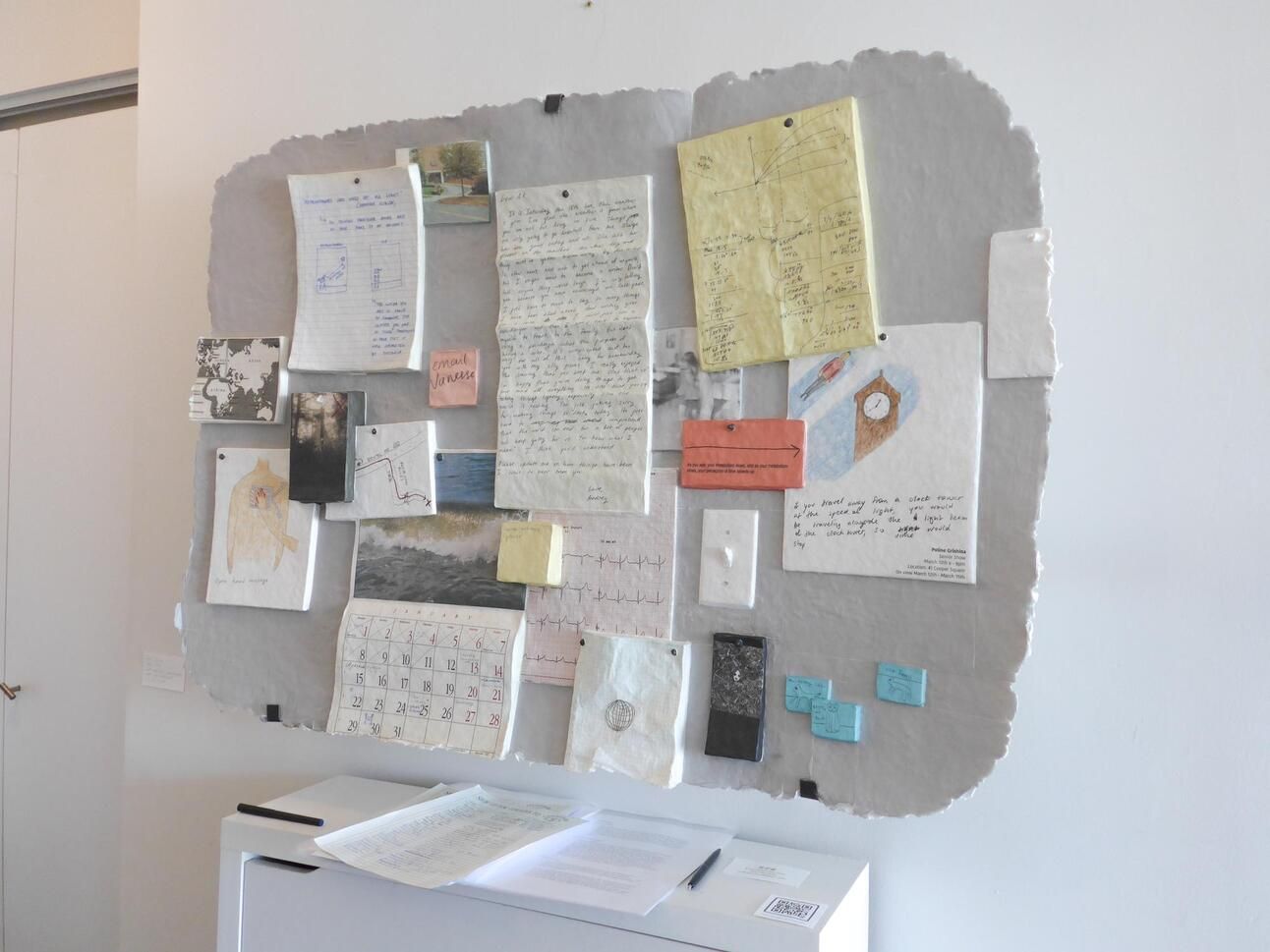- Letters from l'appartement 49C
- Posts
- Solstice Reflections on Home, Change, and Stillness
Solstice Reflections on Home, Change, and Stillness
A meditation on the summer solstice, shifting homes, and the quiet rituals that shape transition.
Dear friends,
The solstice was this week. The year’s longest stretch of light that feels generous and complete in its fullness. In ancient calendars, it was described as a time when the sun “stands still.” But even at its peak, the turning has already begun.
We’ve been contemplating that paradox of how transitions often begin in moments that don’t look like change. A bright room maintaining its familiar proportions. A steady routine that persists unchanged. A space that still fits, but just slightly differently than before.
At l’appartement 49c, we remain physically anchored, but we’re inhabiting the space differently now. Less visibly, more inwardly. In this season of transition, this letter becomes our way of sustaining dialogue. They function as vessels for what continues to circulate even in stillness. An alternative room within the same conceptual home.
“Homes in transition” doesn’t necessarily manifest through packed boxes or closed doors. Sometimes it means holding a room differently with shifted attention. Sometimes it means recognising what begins to transform before it actually does.
The summer solstice teaches us to inhabit moments at its edge, to let brightness linger for its full duration before the gradual turn begins again.
What aspects of your own space are beginning to shift, even if only slightly?
Artist Spotlight: Xingjian Ding
Xingjian Ding’s New York-based practice investigates the emotional architecture of home. Not as something fixed, but as a lived and layered experience, shaped by absence as much as presence. In Untitled, a 5 × 8-inch painting shown in our recent exhibition, Fragments in Our Home, emerged through methodical accumulation. One mark applied daily, each brushstroke functioning as Ding’s ritual opening to studio time. The painting originated as a way to return to making after a long pause. What materialises isn’t a representational scene, but an emotional cartography: assembled from dreams fragments and memorial traces of missed gestures. There’s no clear narrative, just the sediment of routine, slightly altered through repetition. We return to this piece as the solstice approached. Like the season itself, it captures a moment at its peak, not through static stillness but through a sense of pause. The act of holding something fleeting just long enough to comprehend its shape. |
Object Memory: Calendars as Domestic Archives
Most domestic spaces contain one: a calendar pinned quietly to a wall or surface, proximate to daily circulation. Seemingly a tool for keeping time, it functions more meaningfully as gradual archive of ordinary days.
Doctor’s appointments, birthdays, and lunches penciled in. There may be notes about when someone was supposed to call. Days we meant to mark off but forgot.
Have you thought about how calendars don’t just track time but trace intention itself? They hold what we planned and what changed. In stillness, they transform into inadvertent diaries. A record of where we thought we’d be, anticipating positioning that mirror time’s subtle shift.
Which of your objects (ordinary or overlooked) has quietly been keeping time for you?
Curator’s Bookshelf - Gaston Bachelard on The Poetics of Space
Bachelard invites reconsideration of domestic space beyond static architecture, positioning it as a container for memory, reverie, and psychological becoming. His framework treats home as fundamentally emotinal territory, a vessel that shapes our interior lives as much as it provides physical shelter. This month at apt49c, that vision feels especially close. As our programming turns inward, we’re thinking not only about space as structure, but as sensation. We question how rooms might accomodate our dreaming as much as our dwelling. |
A Final Reflection
We’ve been considering how we inhabit space visually, particularly after visiting Sargent and Paris at the Met, where gestural mark-making, clothing, and atmospheric light functioned as their own form of architectural memory. Even portraiture can constitute transitional spaces. A turned shoulder, a softened gaze, the way fabric holds shape after the body has moved, each element suggesting presence in motion.
This reminded us that home, too, isn’t always a place we occupy, but a posture we carry. A way of returning that doesn’t require remaining still.
If this letter reminded you of a space you’re currently holding with a different awareness, consider sharing it forward. Not necessarily as a newsletter, maybe more as a gesture. A quiet reminder that even in the brightest moments, we can give ourself permission to begin again.
And if you’d like to stay connected as we continue to turn, find us over on Instagram: @apt49c for glimpses of what develops between these monthly meditations.
Happy Summer Solstice 🌞
— Steffie, Olivia, and Tessa



